Tata Bolt review, road test
Read the Tata Bolt review, road test from Autocar India; It's Tata's best hatchback yet, but does it appeal to the heart?
Published on Mar 05, 2015 10:01:00 AM
1,00,504 Views
Follow us on



The Bolt gets the same 1.2 petrol Revotron and the Fiat-sourced 1.3 Multijet diesel as in the Zest, but there are some differences. The petrol Bolt’s gearing is shorter than the Zest’s and the diesel Bolt gets the lower-powered 74bhp version (with a fixed geometry turbo) as opposed to the Zest’s more powerful 89bhp unit.
Like in the Zest, the petrol Bolt’s ‘Multi-drive’ lets you choose between three driving modes: City, Sport and Eco (Economy), each of which tweaks the ECU’s map for three different power outputs.
‘City’, being the default mode, is also a balance between economy and power. It works fine if you’re on a lazy Sunday drive, but if you’re feeling even slightly enthusiastic and want to get a move on, you’ll want to press the nicely damped ‘Sport’ button. In this mode, you can feel the Bolt suddenly wake up, feel alert and respond urgently to throttle inputs. The shorter final drive has made the Bolt distinctly more energetic than the Zest, which has a duller response.
The mid-range is particularly strong and overtaking is painless once the Bolt gets into its stride, which is above 2,000rpm. There’s a strong surge that doesn’t let up till 5,500rpm. However, the Revotron, with its two-valve per cylinder head and heavy internals, doesn’t have an appetite for revs and it’s best to upshift just before the modest 6,000rpm redline. Effortless performance is the talking point here and the Bolt’s ability to get you to serious speeds without a fuss makes it a superb highway cruiser. Be in no doubt, the Bolt is surprisingly quick and, in fact, quicker than most other hatchbacks including sporty ones like the Swift and i20 .
Press ‘Eco’ mode and the drop in performance is immediately obvious and it takes a good 2.77 seconds extra than in ‘Sport’ to hit 100kph. In-gear acceleration is blunted too but that’s to be expected from a pure fuel economy mode. The problem is that Eco mode really dulls throttle response and hence, it’s really useable only when crawling in peak hour traffic; overtaking on the highways can get arduous.
A flaw with the Revotron, which though improved but still not sorted out, is the slightly hesitant power delivery, especially on part throttle. There are quite a few flat spots and at low revs, there is a distinct lack of poke which calls for an added downshift, especially while exiting corners. The gearshift is pretty light but a bit rubbery and lacks the rifle- bolt precision of some of its rivals. Also, the Revotron has a tendency to stall quite frequently if you don’t give it enough revs.
What is likeable though is the impressive level of refinement. The cast-iron block absorbs most of the engine noise and road noise is well contained too.
Speaking of refinement, the diesel Bolt, with its Fiat-sourced 1.3-litre diesel engine, is easily one of the quietest oil burners amongst its peers. That said, driveability isn’t as impressive and there’s a fair bit of turbo-lag that is a characteristic of this motor. So, while off-boost performance isn’t too bad, the engine only gets into its stride at about 2000rpm and pulls nicely to about 4,000rpm. After which it’s best to upshift as it doesn’t pack much punch on its journey thereon to the 5,000rpm redline. The clutch is fairly light and the Fiat-sourced gearbox feels far more precise than Tata Motors’ home-grown transmission.
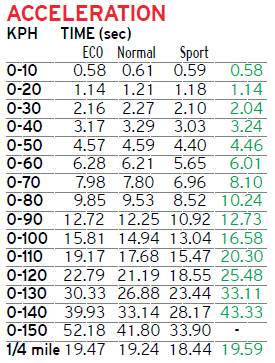
Copyright (c) Autocar India. All rights reserved.

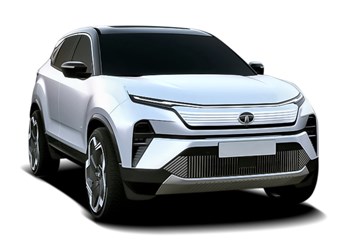
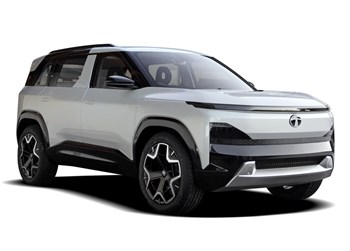
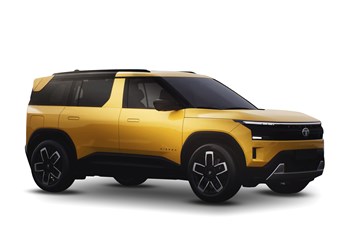
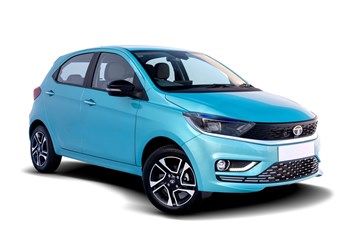

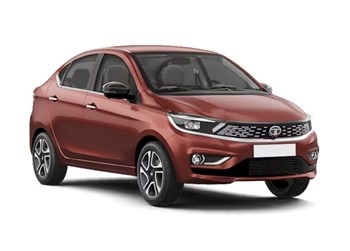
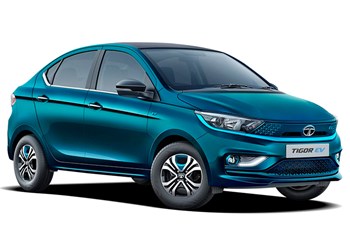
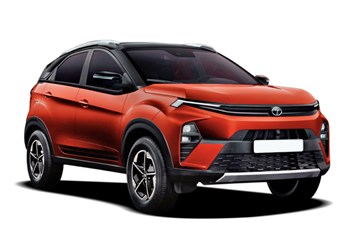
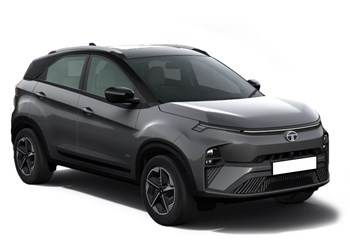
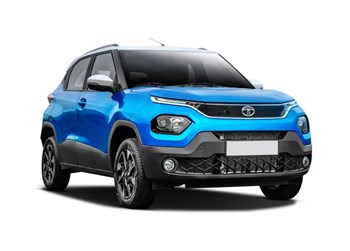
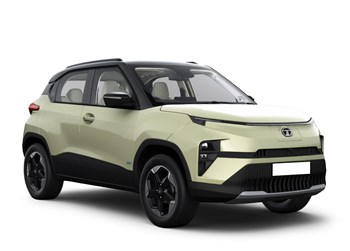
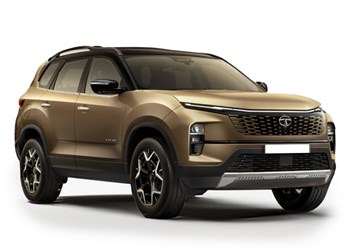
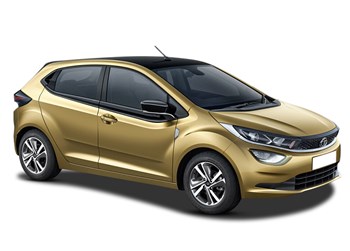
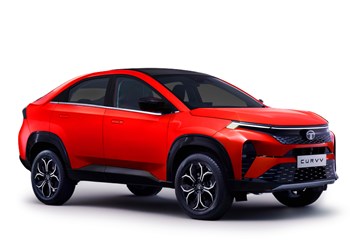
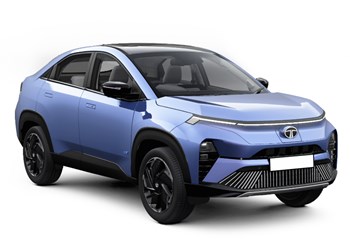
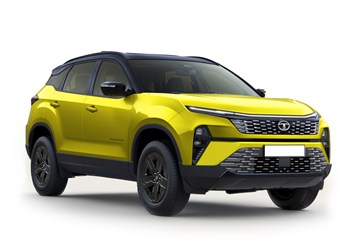
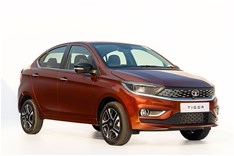
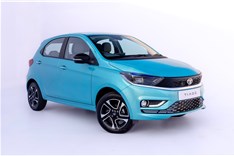
.jpg&w=234&h=156&q=90&c=1)

Comments
Member Login
Personal Details
No comments yet. Be the first to comment.